
The History of the Fender 400-PS Amplifier
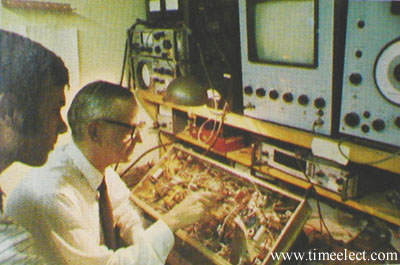

The History of the Fender 400-PS Amplifier

Meet Ed Jahns. This is the man who dreamed up the most amazing tube amplifier for use with electric musical instruments. Little did I know that when Time Electronics became a Fender Service Center in 1971, that Ed would get me caught up in a piece of MI history.It all started when the first 400-PS walked into the shop. I had no schematic for the 400 in the binder of schematics Fender had supplied. So, I called the manager of the then, Fender *In House* Factory Service Center, and was told I would have to be connected to Ed Jahns directly for any information on the 400-PS.
Right up front in my conversation with Ed, he said in no uncertain terms, he did not want me inside the 400 until he knew about my electronics knowledge and background. Then, without making me feel like I was going to be put under the bright light for the third degree, asked some very direct probing questions with respect to my formal schooling in electronics and electronic circuit knowledge.
Satisfied with my answers, he said he would mail me the blueprint for the 400-PS, and to call him back as soon as I received it.
On my next phone call to Ed Jahns I had the blueprint and the other papers Ed had sent me on my desk. Ed had asked me to explain the circuit operation of the 400-PS from the input jacks to the output jacks from what I saw on the blueprint.
Along the way Ed would give hints every time I became unsure or got confused. Ed really went out of his way to make this difficult situation a pleasant educational experience for me.
It didn't take me long to understand why Ed had kept me out of the 400-PS until we had this phone conversation. There is more to how the 400-PS operates than meets the eye. Not to mention, enough electrical potential to take the spark of life right out of you if you were the least bit careless.
Having reached the output jacks, Ed asked if I had read the list of test equipment REQUIRED to perform the 30 step factory test procedure for the 400 P.S. (model CFA 7009)
I told him what I had on the bench; which Ed had complimented me on my selection of gear. But added, I had to get the missing pieces of test equipment from the list to properly perform the factory 30 step setup procedure. Because, it is based on the amount of line current drawn by the 400-PS in the different testing steps, and that there was no other way to setup the 400.
He then walked me through the first operational steps of this procedure, and I saw in a heartbeat why line current is at the heart of the matter, and the only proper way to go about working on amplifiers. Because it tells you at a glance what is going on at any given time, by showing exactly how much electrical energy is being pulled from the electrical wall socket by any unit under test.
Once you understand this electrical energy concept, you can set a given amplifier's output tube bias level by the amplifier's line current level with great accuracy.
Few amp techs, if any, are aware of the use of line current in this manner. Therefore, having the 30 step Fender factory setup procedure to setup a 400-PS is useless to them.
And,... is even MORE useless, if the GE-6550A tubes are not used in the 400-PS to be setup. The procedure is GE-6550A specific, and will not apply to any other output tube.
For such, the setup data must be adjusted, and parts changed for the use of the Polished Turds called 6550 today. Which yields a 400-PS that will not provide the factory rated power output and/or equal the long service life of the GE-6550A.
The GE-6550A and the Fender 400-PS were made for each other. Ed Jahns made that a historic fact. Which, because of Ed Jahns, I'm thankful to have played a small part.
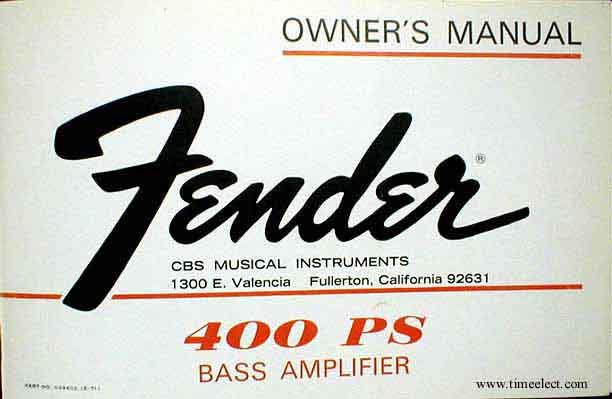
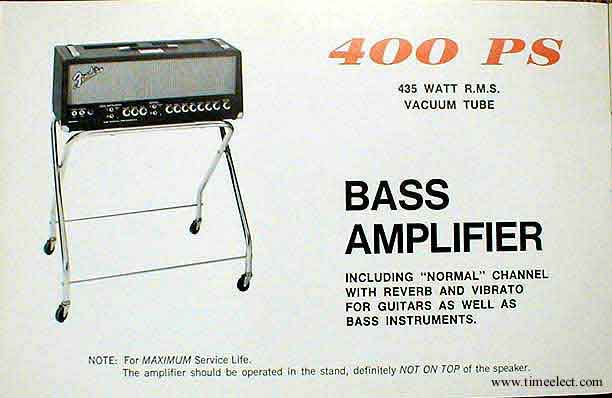
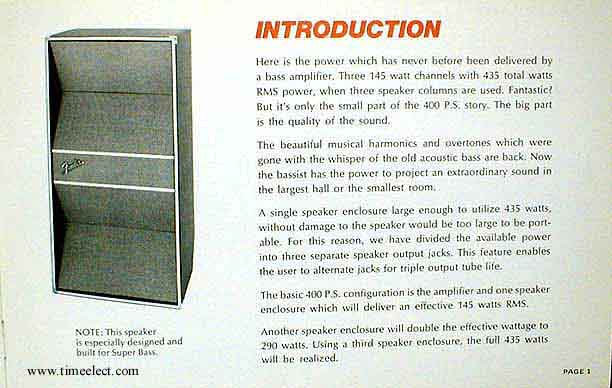
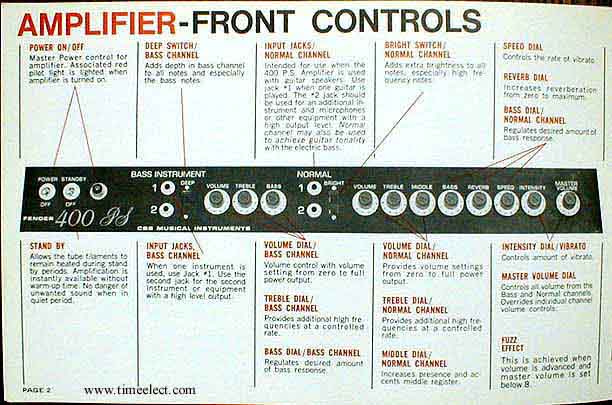
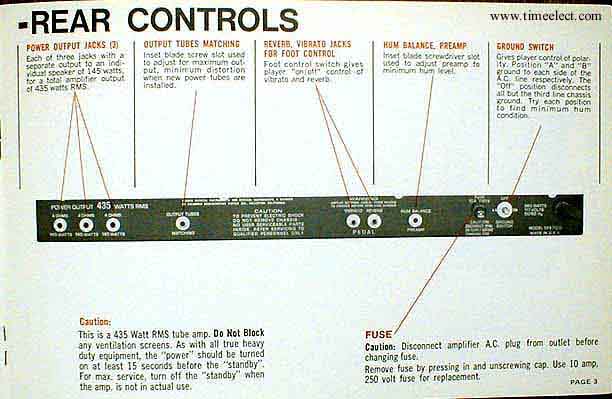
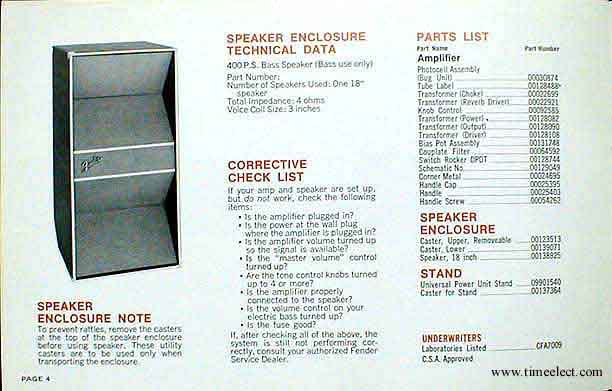
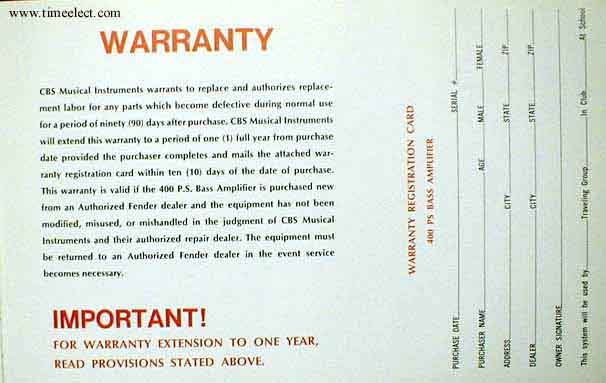
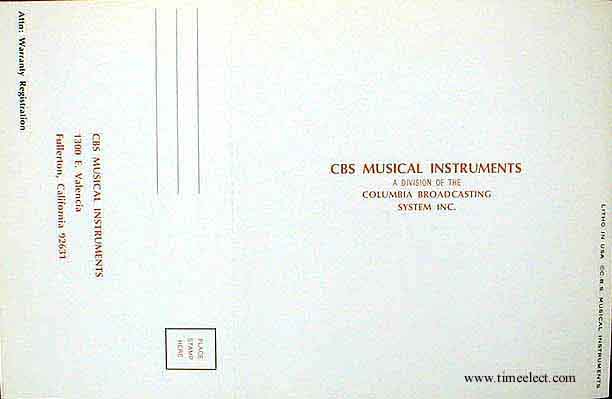
From the Fender Catalogs
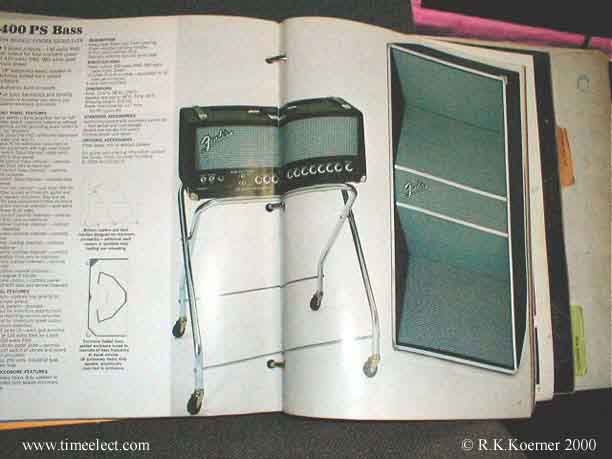
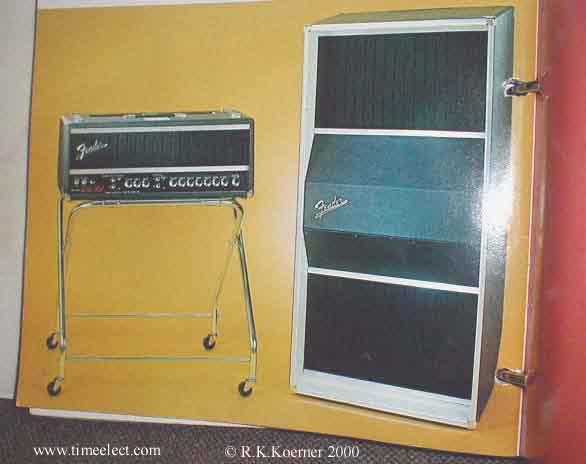
The warning plate on the top of the 400-PS
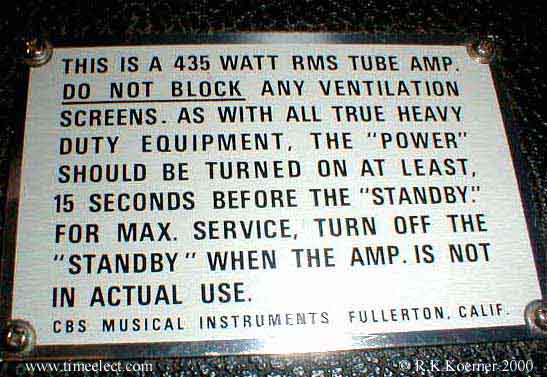
The 400-PS
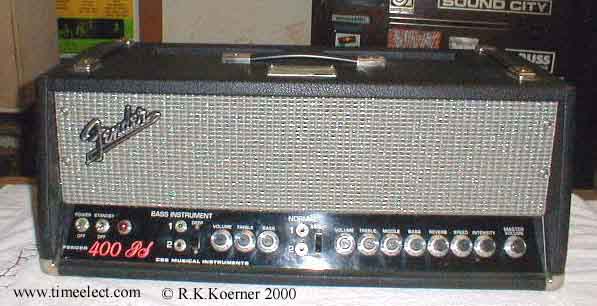
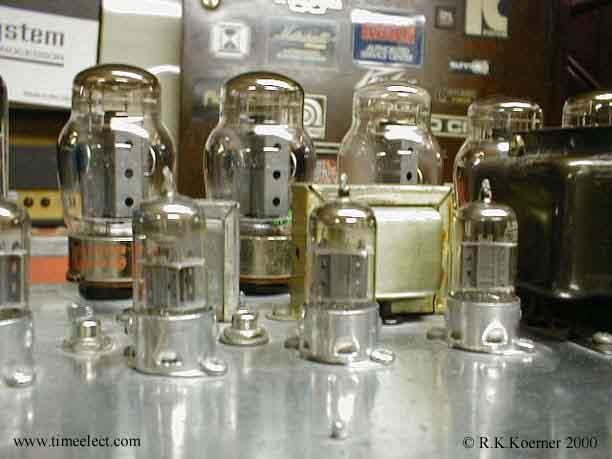
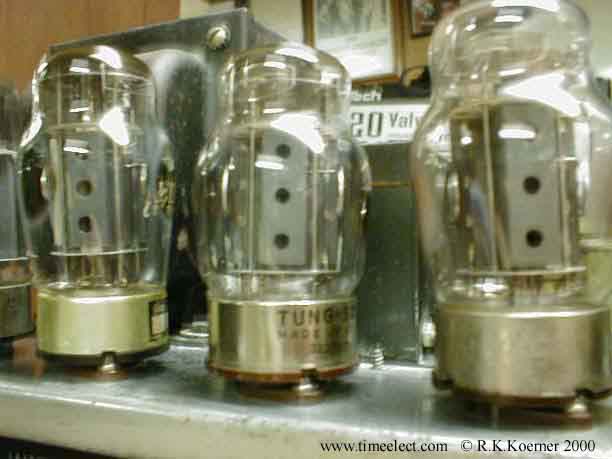
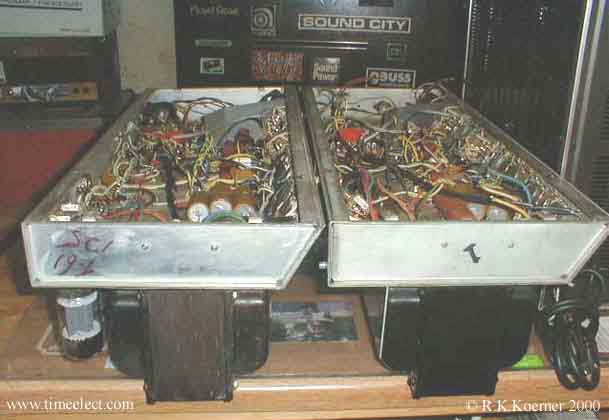

| To Home Page | E - Mail Us |